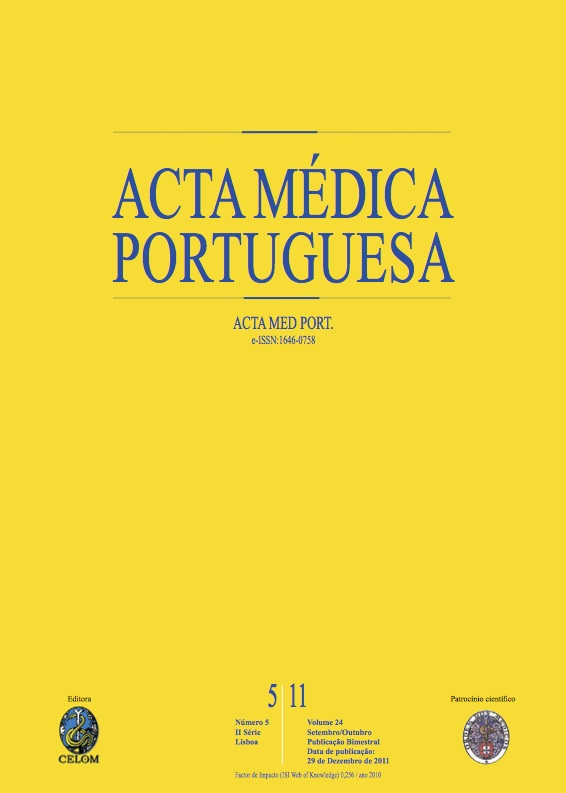Club drugs: Um Novo Perfil de Abuso de Substâncias em Adolescentes e Jovens Adultos.
DOI:
https://doi.org/10.20344/amp.512Resumo
Club drugs are the following substances: Methylenedioxymethamphetamine (MDMA); Methamphetamine; Lysergic Acid Diethylamide (LSD); Ketamine; Gamma-hydroxybutyrate (GHB) and Flunitrazepam. These substances are mainly used by adolescents and young adults, mostly in recreational settings like dance clubs and rave parties. These drugs have diverse psychotropic effects, are associated with several degrees of toxicity, dependence and long term adverse effects. Some have been used for several decades, while others are relatively recent substances of abuse. They have distinct pharmacodynamic and pharmacokinetic properties, are not easy to detect and, many times, the use of club drugs is under diagnosed. Although the use of these drugs is increasingly common, few health professionals feel comfortable with the diagnosis and treatment. The authors performed a systematic literature review, with the goal of synthesising the existing knowledge about club drugs, namely epidemiology, mechanism of action, detection, adverse reactions and treatment. The purpose of this article is creating in Portuguese language a knowledge data base on club drugs, that health professionals of various specialties can use as a reference when dealing with individual with this kind of drug abuse.Downloads
Downloads
Como Citar
Edição
Secção
Licença
Todos os artigos publicados na AMP são de acesso aberto e cumprem os requisitos das agências de financiamento ou instituições académicas. Relativamente à utilização por terceiros a AMP rege-se pelos termos da licença Creative Commons ‘Atribuição – Uso Não-Comercial – (CC-BY-NC)’.
É da responsabilidade do autor obter permissão para reproduzir figuras, tabelas, etc., de outras publicações. Após a aceitação de um artigo, os autores serão convidados a preencher uma “Declaração de Responsabilidade Autoral e Partilha de Direitos de Autor “(http://www.actamedicaportuguesa.com/info/AMP-NormasPublicacao.pdf) e a “Declaração de Potenciais Conflitos de Interesse” (http://www.icmje.org/conflicts-of-interest) do ICMJE. Será enviado um e-mail ao autor correspondente, confirmando a receção do manuscrito.
Após a publicação, os autores ficam autorizados a disponibilizar os seus artigos em repositórios das suas instituições de origem, desde que mencionem sempre onde foram publicados e de acordo com a licença Creative Commons









